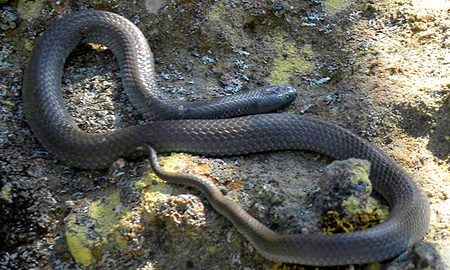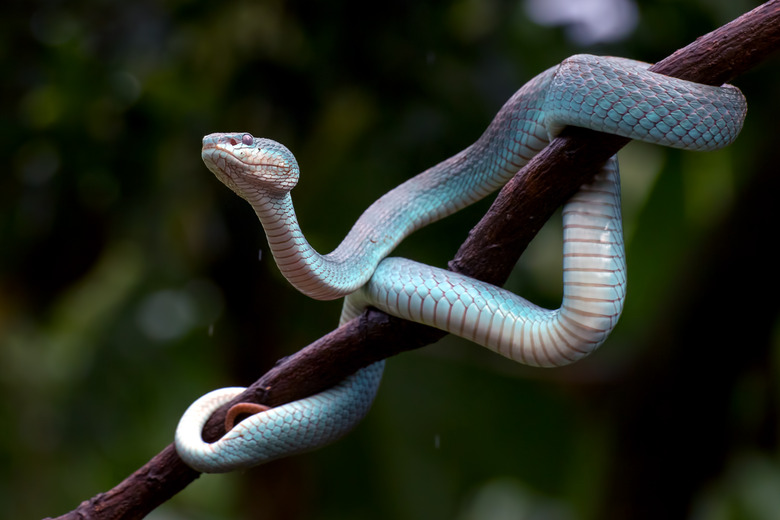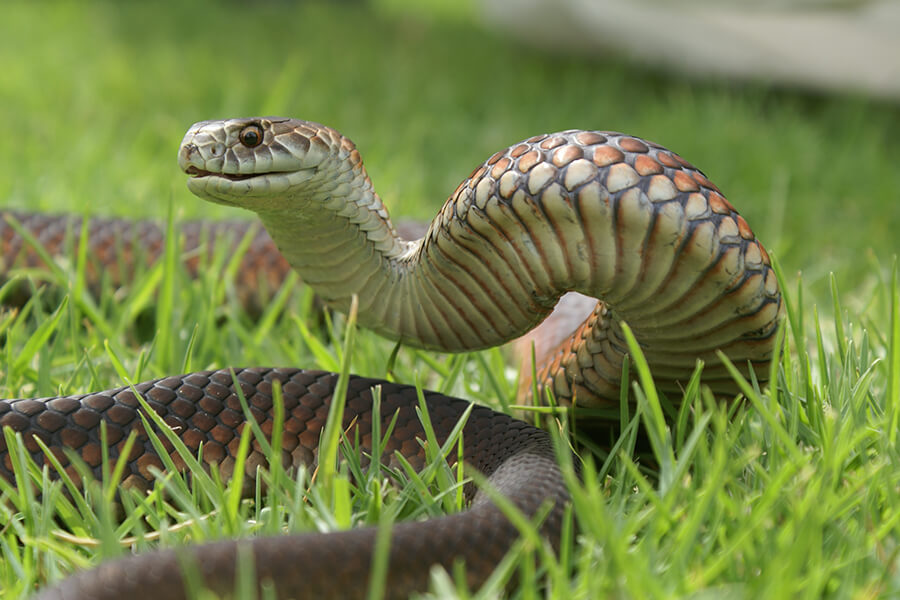Introduction
When it involves venomous snakes, Australia is home to a few of one of the most interesting and harmful types in the world. Among these, the Tiger Snake sticks out not only for its powerful poison yet likewise for its appealing habits. Comprehending the behavior of venomous serpents like the Tiger Serpent is vital for both wild copperhead snake australia animals enthusiasts and those residing in locations where these snakes are present. This short article delves into different facets of Tiger Serpent habits, environment, identification, precaution, and emergency treatment practices in case of a snake bite.
Understanding the Actions of Venomous Snakes Like the Tiger Snake
The Tiger Snake, scientifically called Notechis scutatus, is well-known for its hostile nature when threatened. These serpents show a range of behaviors that can be fairly various from their non-venomous counterparts.
Characteristics of Tiger Snakes
The Tiger Snake is easily well-known as a result of its distinct bands or stripes that resemble a tiger's markings. They can differ in shade from yellowish-brown to dark olive or black. This coloration serves not only as camouflage but also as a warning signal to prospective predators.
Adaptability to Environment
One impressive element of their behavior is their versatility to various atmospheres. Found largely in coastal areas, marshes, and marshes across Australia and Tasmania, they can prosper in diverse environments including urban locations.
Hunting Techniques
Tiger Serpents are ambush killers mostly feeding upon fish, frogs, and small mammals. They possess keen sight and an intense feeling of smell which helps them in locating prey effectively.
Venom Composition
Their venom consists of neurotoxins that influence the nerves, leading to paralysis or death in smaller sized animals. For humans, immediate medical interest is important after a tiger snake bite as a result of tiger snake bite its potentially lethal effects.

Natural Habitat of Tiger Snakes
Preferred Locations
Understanding where these snakes stay sheds light on their behavioral patterns. The tiger snake habitat consists of:
- Coastal regions Swamps Grasslands Urban areas with abundant water sources
Seasonal Movements
During warmer months, Tiger Snakes are much more active as they bask in sunlight or quest for food. On the other hand, chillier months see them pulling away right into hibernation sites.

Are Tiger Snakes Venomous?
Yes! The concern "are tiger snakes venomous?" usually develops among those not familiar with this types. Their venom is considered among the deadliest among all snake types worldwide.
Symptoms of a Tiger Snake Bite
If bitten by a tiger serpent, signs may consist of:

- Localized pain Swelling at the bite site Nausea and vomiting Sweating and confusion
Immediate clinical aid is critical as neglected attacks can lead to severe health difficulties or perhaps death.
First Aid for Snake Bites: Quick Feedback Guide
Knowing how to provide first aid for a snake bite might conserve someone's life. Below's what you need to do:
Step 1: Remain Calm
Keeping tranquility aids decrease heart price which reduces venom spread.
Step 2: Debilitate the Influenced Area
Keep the affected arm or leg still and below heart degree if possible.
Step 3: Call Emergency Services
Always seek professional clinical assistance promptly after a snake bite.
First Aid for Serpent Bite Package Essentials
A fully equipped snake bite emergency treatment kit should include:
- A compression bandage Antiseptic wipes A pair of scissors An ice bag
Safety Precautions: Preventing Serpent Bites in Australia
Awareness Programs
Educating communities regarding local serpent varieties and their behaviors can considerably lower encounters bring about bites.
Avoiding Harmful Areas
Staying far from long turf during warmer months minimizes contact with snakes that could be relaxing or hunting.
Common Mistaken beliefs About Tiger Snakes
Many people believe false impressions regarding the actions of tiger snakes result in unneeded fear. Here are some information:
Myth 1: All Tigers Are Aggressive
Not all tiger serpents will present aggressiveness if left undisturbed; several like leaving instead of confrontation.
Myth 2: They Chase Humans
Tiger serpents do not actively juvenile dugite snake chase after human beings; they might strike when they feel threatened but will generally pull back if given space.
Conservation Initiatives Associated with Venomous Snakes
Conservation initiatives focus on educating neighborhoods about safeguarding local wild animals while minimizing human-snake interactions.
Importance of Ecosystems
Understanding that venomous snakes play an important duty in keeping eco-friendly balance helps foster recognition rather than worry towards them.
FAQs About Tiger Snakes
What should I do if I come across a tiger snake?- Maintain range and gradually pull back without sudden movements.
- While bites aren't extremely typical because of awareness efforts, they still take place yearly within Australia.
- Baby tiger snakes can provide full dosages of venom despite being smaller; for this reason care is suggested around them.
- They mainly take in frogs, fish, little mammals like rats, and various other reptiles.
- It's prohibited in most jurisdictions without appropriate licensing as a result of safety and security issues concerning their venom.
- Wear strong boots and remain on marked routes; look before putting hands or feet right into concealed rooms like rocks or logs.
Conclusion
Understanding the behavior of venomous serpents like the Tiger Serpent not only improves our knowledge however additionally advertises safety and security awareness amongst those living near their environments. From recognizing their attributes, understanding emergency treatment protocols adhering to a bite, with involving preservation initiatives-- every element plays an important duty in fostering conjunction with these remarkable reptiles while respecting their area within our ecosystem.
As we deepen our understanding through education and learning and experience, we add positively towards making certain both human safety and security and wild animals preservation-- benefitting all parties involved!